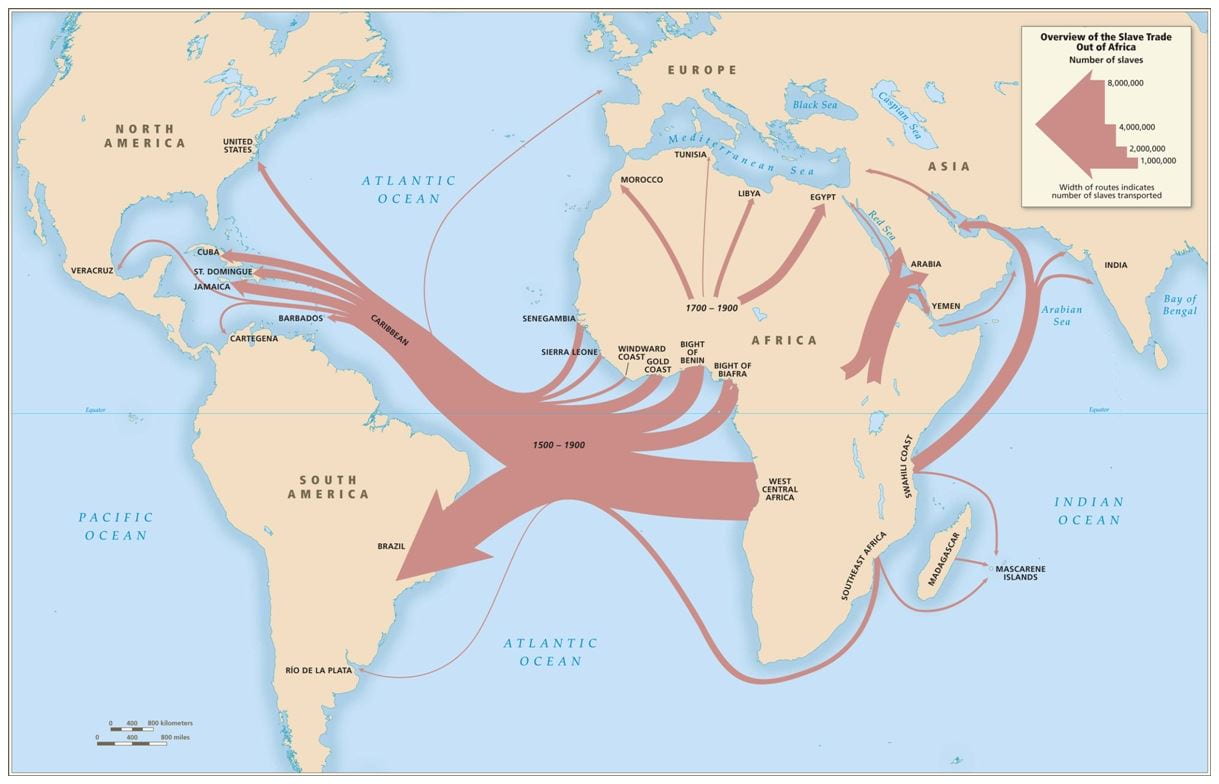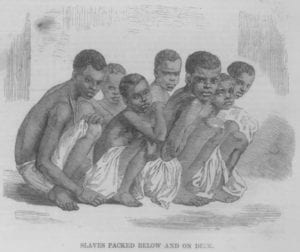Tracking the slave trade
Grant allows UCI historian to add intra-American voyages to trans-Atlantic database

The 1,000 or more people per day who consult Voyages: The Trans-Atlantic Slave Trade Database – one of the most utilized resources in the digital humanities – have been missing a big part of the story. Now a grant from the National Endowment for the Humanities will give two associate professors of history a chance to expand its scope.

Alex Borucki of the University of California, Irvine and Gregory O’Malley of the University of California, Santa Cruz will use the $220,000 to add new journeys to the open-access website, which documents nearly 36,000 trips across the Atlantic Ocean from Africa to the Americas between the 16th and 19th centuries.
But arrival on the Atlantic coast did not mark the end of the voyage for about 25 percent of captives, who soon boarded other ships for further distribution within the Americas. In an 18-month project called “Final Passages: The Intra-American Slave Trade Database,” these journeys will be integrated into the Voyages site in an effort to promote scholarly and public awareness of the role played by the African slave trade in shaping several inland regions of North, Central and South America.

Borucki will draw from the research he compiled for his book From Shipmates to Soldiers: Emerging Black Identities in the Rio de la Plata (University of New Mexico Press, 2015), which analyzes the lives of Africans and their descendants in Montevideo, Uruguay, and Buenos Aires from the late colonial era to the first decades of independence. In addition, his second English-language book project, Slaves, Silver & Atlantic Empires: The Slave Trade to Spanish South America, 1680-1810, will generate new data on intra-American slave voyages arriving in what today are Colombia, Venezuela, Argentina and Uruguay.
“As was the case for other Latin American countries – with the exception of Cuba and Brazil – scant recent research existed on the local history of slavery when I began to conduct historical research in the early 2000s,” Borucki says. “While black populations were very large in the colonial era in countries such as Colombia, Peru and Uruguay, they now constitute much smaller minorities, which contributed to making slavery ‘tangential’ for national histories.”

distribution throughout slave trade routes within the Americas.
The systematic lack of knowledge and interest sparked his curiosity. Argentina and Uruguay have long been considered “white” in the context of Latin America, because the majority of citizens are descendants of Europeans who immigrated during the late 19th century to the mid-20th century.
“Writing about the people of African ancestry in these countries is not only innovative but also necessary in order to conceive more inclusive national narratives,” Borucki says.
O’Malley will contribute material to the Voyages database culled from his recent book documenting the intra-American slave trade, Final Passages: The Intercolonial Slave Trade of British America, 1619-1807. The work has received multiple awards for helping to redraw the map of forced African immigration.
“We are living in a country where black lives are often treated as if they didn’t matter, and it’s built on this trade of slaves,” O’Malley says. “This disregard for their welfare and well-being is really important background for modern race relations. I think it shows we have a long history of devaluing black lives in American society.”